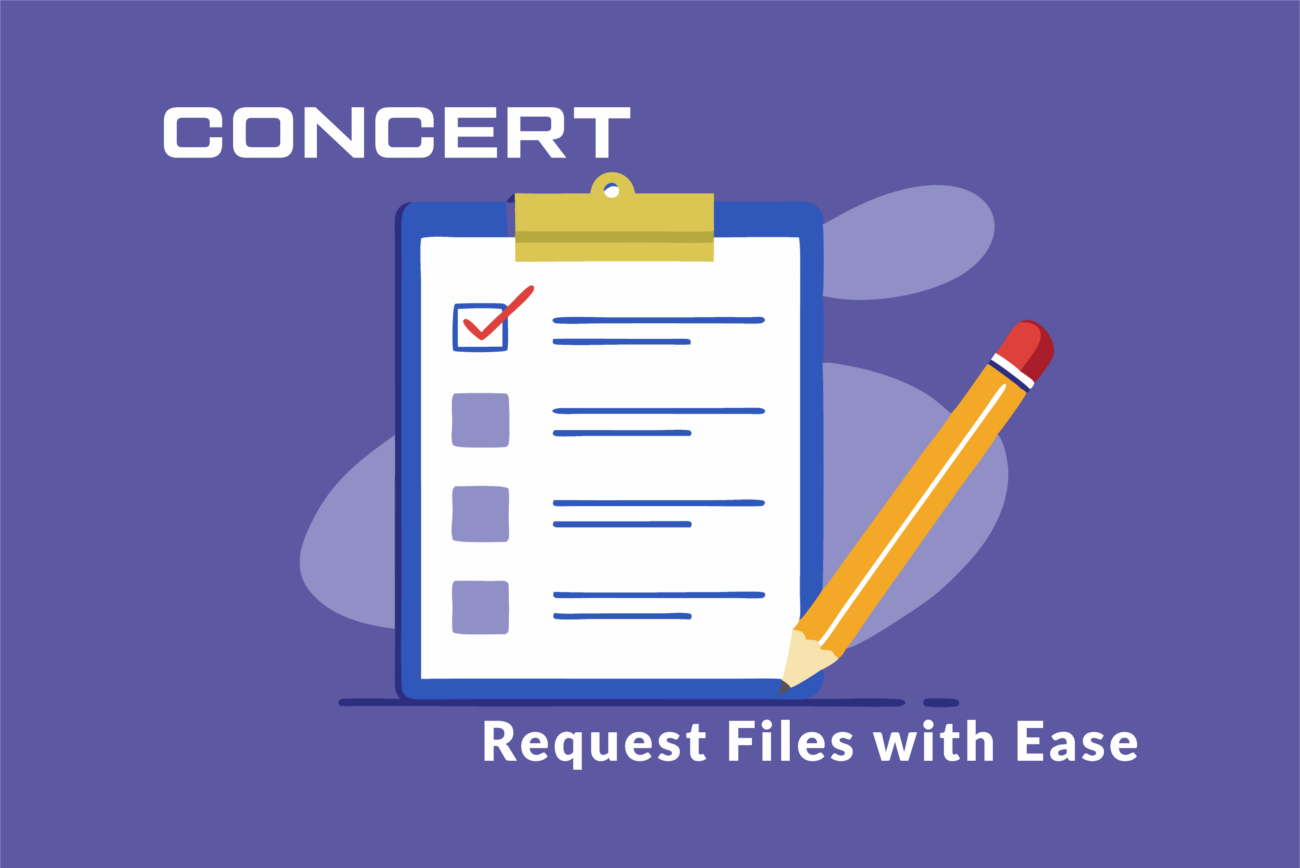TRUST IN A BLOCKCHAIN WORLD
Businesses are changing and to remain as leaders in an information rich environment, and to build the trust of their customers or clients, every business must leverage technology to create new lines of value and to facilitate a more effective approach to work. This will only happen when business leaders trust that the information that is shared is valid, current, secure, and from a trusted source. Traditionally, this was exhibited by the “wet signature” on legal documents and, where necessary, attested in the presence of an official notary, certifying the identity of the signer. We’ve moved on from this through the adoption of technologies like DocuSign, eSign, and other similar systems. Yet these systems only represent the equivalent of a wet signature on paper. A tool to provide the same level of authentication and certainty for all digital information, up until this point, it has not existed. Yet is it necessary?
Let’s first explore the components of trust. In 2000, Charles H. Green published the book The Trusted Advisor, where he posited that trust can be calculated just like a math problem – the Trust Equation. His simple formula is T = (C+R+I)/S where:
· T – The Trust Quotient
· C – The Credibility of the author
· R – The Reliability of the information
· I – The sense of safety and security between the author and the recipient
· S – The Self-orientation of the author or recipient
For Trust to be high, the numerator must be higher than the denominator, the larger the difference, the greater the level of trust. However, that can all be negated if the denominator is also too high. Therefore, the information supplier who has more interest in their own value will be less trusted than those that place the value with the receiver.
Is it all as simple as a math problem? Perhaps a simpler concept is that Business leaders need a simpler mechanism for information to be trusted. Globally, the business ecosystem suffers from inefficiency because information is siloed and controlled by each player in the market. Sharing is not encouraged because trust does not exist between the primary players and confidence in the safety and security of the of the systems of sharing is low. Trust requires a system that is verifiable, the source must be known and qualified, there must be a mechanism that guarantees and protects the information’s validity and sharing it must be valuable to the receiving party. With a clear understanding of the chain of custody, information is shared, and efficiency is gained. Thus, for real innovation to occur, the trust equation must change.
So, yes, having a digital mechanism that can create that level of trust is necessary and has eluded the business community – until now. Enter Blockchain. Blockchain is built on the consensus agreement that the source of a collection of digital information is known, verified, reliable, and secure. This builds trust in the ability of groups to share information and know that what they share is safe and secure, that the elements of the transaction are permanently recorded, and the information can be authenticated through professional credentials that are independently verified. Seems like the “silver bullet” of business communication, but it is not that simple.
Like all other technologies, Blockchain is a tool and can only be used to facilitate sharing. Real innovation will come when the information shared is relevant and beneficial to the receiver and the supplier. Industries with shared outcomes have the potential to benefit the most from this sharing. As an example, one thing the Architecture, Engineering, and Construction (AEC) industry has in common is solving the business problem of their client. Current practice parcels out accountability across the different groups, and responsibility become very siloed. A more efficient and practical approach would be for each stakeholder in the industry, from the architect all the way down to the suppliers and vendors of building products and systems, to share the development of their building information and modeling. This would facilitate fewer errors due to interpretation, faster adaptations to changes in the design, and more effective cost management as mechanisms for tracking bidding, contracting, and delivery would result in more informed decisions earlier in the process. Beyond the efficiencies gained, it also sets the framework for long-term, sustainable management of the built environment.
Real leadership will come when those organizations that recognize this opportunity leverage tools like Blockchain to build a higher Trust Quotient. The tools are here, the opportunity is in front of the business community, who will be the bold leaders that make the most of the next generation of trusted information?





